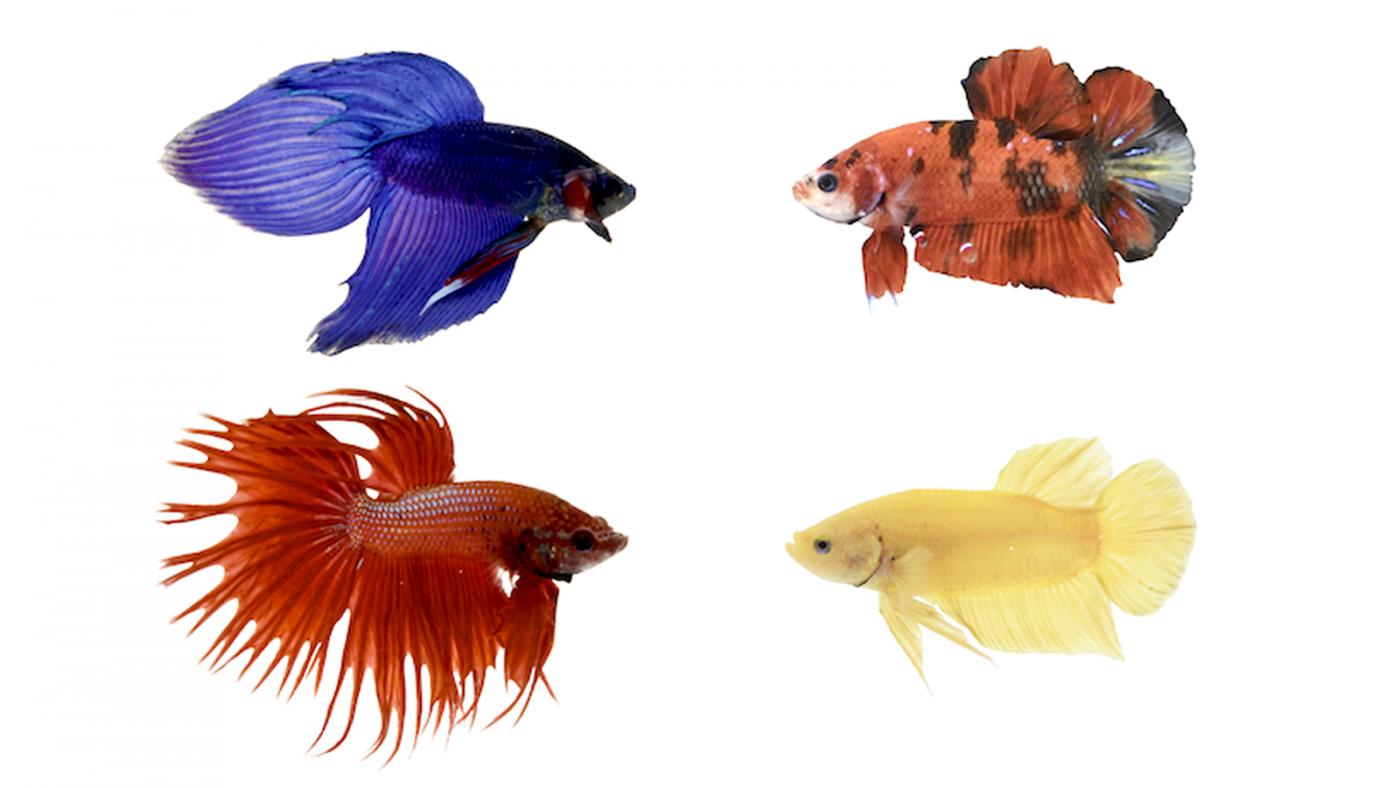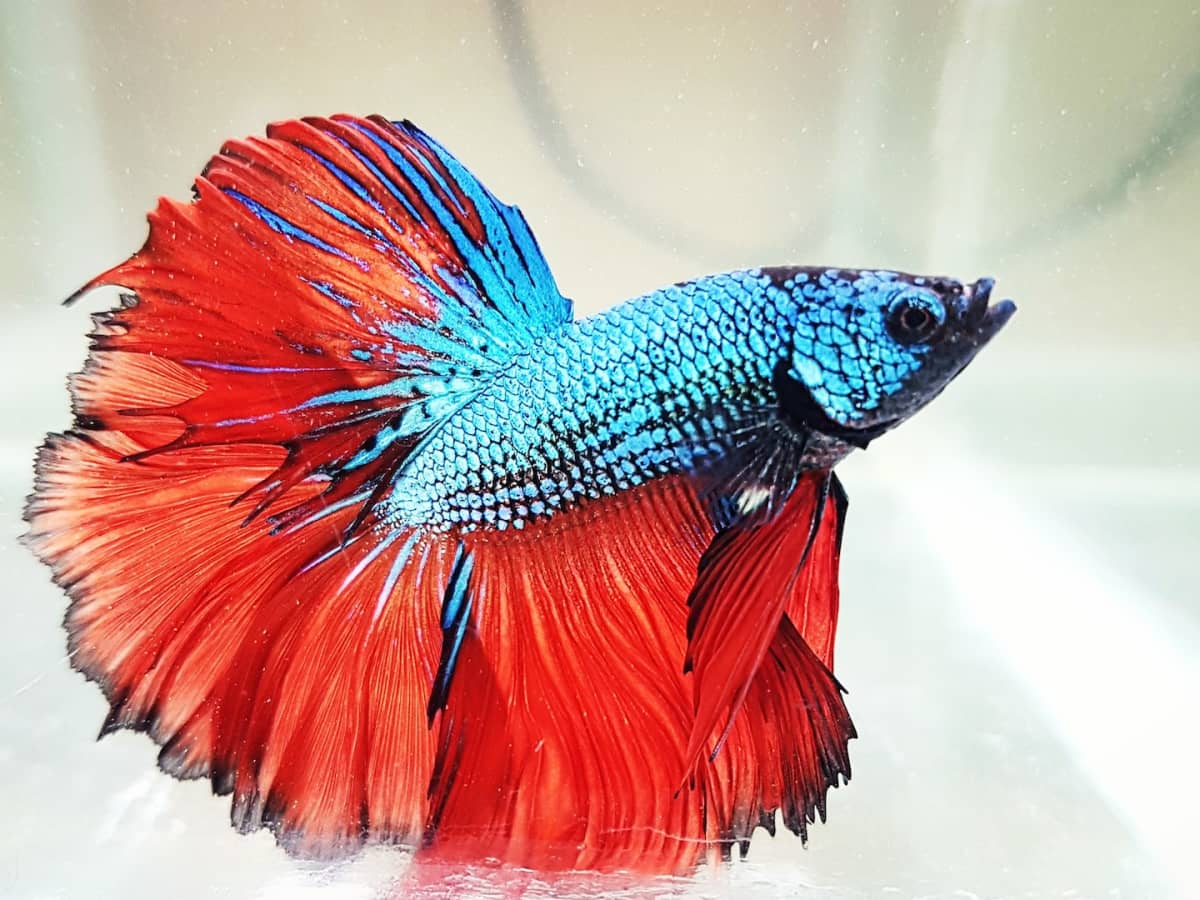Usual Betta Fish Conditions and Just How to stop Them
Usual Betta Fish Conditions and Just How to stop Them
Blog Article
Reproducing Betta Fish: a Comprehensive Step-By-Step Guide to Efficiently Raising Infant Bettas From Eggs to Their Adult Years
Reproducing Betta fish is a precise undertaking that requires mindful preparation and implementation to make sure the successful advancement of fry from eggs to develop fish. Choosing genetically varied breeding pairs with preferable characteristics is just the start; producing an ideal atmosphere and understanding the intricacies of the reproducing procedure are similarly essential. As the male Betta carefully constructs a bubble nest and guards the priceless eggs, the subsequent phases of care and transition need interest to detail and expertise of best techniques. How does one navigate the difficult yet satisfying path of nurturing these dynamic animals to the adult years?

Picking Reproduction Pairs
When starting the journey of breeding Betta fish, picking the appropriate breeding pairs is crucial to attaining preferable qualities and a healthy lineage - betta fish. The primary step in this process is to identify the specific attributes you want to enhance or protect, such as shade, fin type, and body shape. It is vital to select genetically varied sets to avoid inbreeding, which can lead to health and wellness concerns and unwanted qualities
Assess possible breeding prospects thoroughly. A healthy male Betta ought to exhibit vibrant shades, an active demeanor, and well-formed fins, while the lady should also present vivid pigmentation and a rounded tummy, indicating readiness for spawning. Observing the character of both fish is vital, as aggressive or excessively reluctant individuals might not reproduce successfully.
Keeping documents of the parent fish's ancestry can aid you track genetic traits and potential problems. Inevitably, spending time in the option procedure will significantly enhance the possibility of creating solid, vivid spawn that fulfill your reproduction objectives.

Preparing the Breeding Tank
Developing an ideal breeding setting is a crucial step after selecting suitable pairs for Betta fish. The reproduction storage tank should be especially created to offer convenience and promote the all-natural reproduction behaviors of the fish. Beginning with a storage tank size of at the very least 10 gallons to guarantee adequate room for both the male and women Bettas.
Preserve a mild filtering system to maintain the water clean while staying clear of strong currents that can worry the fish. Additionally, an air rock can be included in supply oxygenation without disrupting the water surface area too a lot.
Temperature law is important; aim for a secure series of 78-82 ° F(25-28 ° C) utilizing a reliable heating unit. The pH level ought to be kept between 6.5 and 7.5, and routine water adjustments are required to make sure high water quality.
Integrate floating plants or generating sponges to create hiding areas for the lady, while also motivating bubble nest structure by the male - betta fish. Guarantee the storage tank is totally free from sharp decors and any kind of potential hazards, as the welfare of the fish ought to constantly be focused on during this critical phase of breeding.
The Breeding Process
Usually, the reproducing procedure for Betta fish includes a collection of distinctive and visible actions that show preparedness for recreation. The male Betta starts by constructing a bubble nest at the water's surface area, which works as a website for the fed eggs. This nest is crucial, as it provides a safe environment for the eggs until they hatch out.
As soon as the nest is established, the man will present courtship behaviors, such as flaring his fins and exhibiting vibrant shades to bring in the lady. The woman, upon noticing the male's readiness, will certainly react by displaying vertical stripes along her body, signaling her receptiveness.
When the female approaches, the male involves in a breeding dance, typically leading to an embrace view referred to as the "spawning." Throughout this accept, the female launches her eggs, which the male fertilizes right away. The fertilized eggs then fall to the bubble nest, where the male carefully accumulates and returns them to the nest. Following this, the male presumes responsibility for guarding the nest and making certain the safety and security of the eggs till they hatch, generally within 24-36 hours. This stage is essential in the breeding process, laying the structure for successful fry development.
Caring for Betta Fry
Looking after Betta fry requires mindful attention to their environment and nourishment to guarantee healthy and balanced growth and growth. After hatching, Betta fry are very tiny and prone, demanding a steady and tidy habitat. Preserving a water temperature level between 78 ° F and 80 ° F is vital, as Betta fry thrive in cozy conditions. In addition, ensure that the water is devoid of harmful toxic substances; normal water changes of 10-20% are suggested to keep ideal water top quality.
Feeding Betta fry is equally essential. Feed them small amounts several times a day, being careful not to overfeed, which can lead to water top quality concerns.
Transitioning to Adult Bettas
As Betta fry mature, transitioning them to adult Bettas is an essential stage that calls for cautious administration of their environment and social interactions. This process usually begins when the fry reach around 6 weeks old, whereupon they can be slowly introduced to an extra structured living environment.
To facilitate this change, it is vital to make sure that the water parameters-- such as temperature level, pH, and ammonia levels-- are optimal and steady. Adult Betta fish prosper in warm water (around 78-80 ° F) with a pH of 6.5 to 7.5. Slowly adapt the fry to these conditions to decrease stress.
Social communications are one more crucial element; man Bettas are notoriously territorial and hostile. Therefore, it is a good idea to different males right into individual storage tanks as they grow. Female Bettas can be housed together, yet care ought Discover More to be required to monitor for indicators of hostility.
Furthermore, nutritional changes must be made as the fry expand. Incorporate high-quality pellets and live have a peek at this website foods to sustain their development and health. By handling these variables effectively, you can promote an effective change to the adult years for your Betta fish.

Conclusion
Effective reproduction of Betta fish needs cautious interest to information throughout the entire process, from choosing genetically diverse pairs to providing optimal treatment for fry. By ensuring appropriate breeding conditions and maintaining water quality, the chance of healthy and balanced children boosts substantially. Furthermore, a balanced diet and gradual adjustment to grown-up environments are important for the growth and growth of Betta fish. Adhering to these steps vigilantly fosters a growing population of Betta fish, enhancing both their wellness and vigor.
Report this page